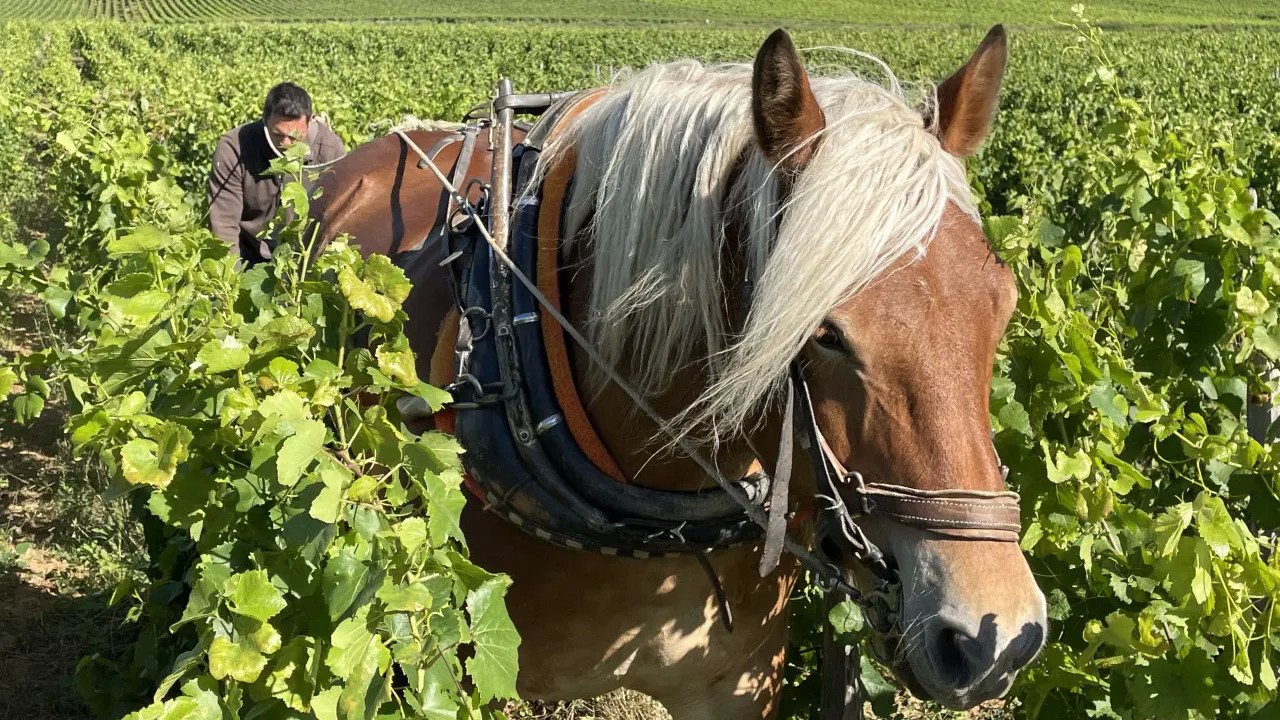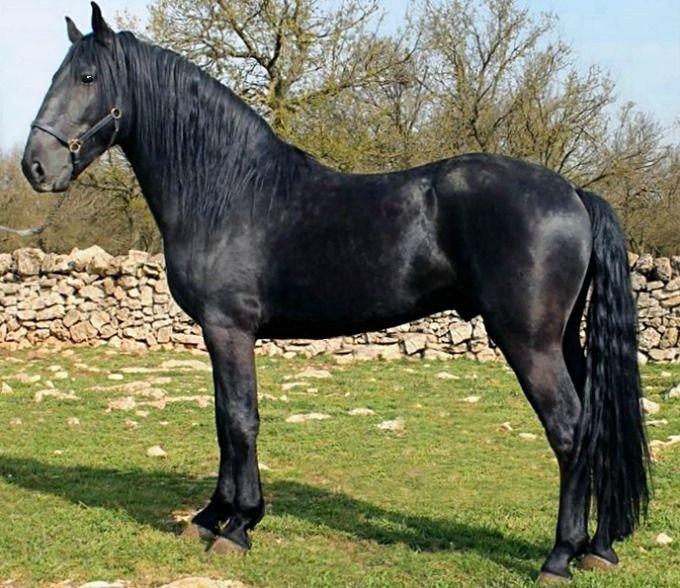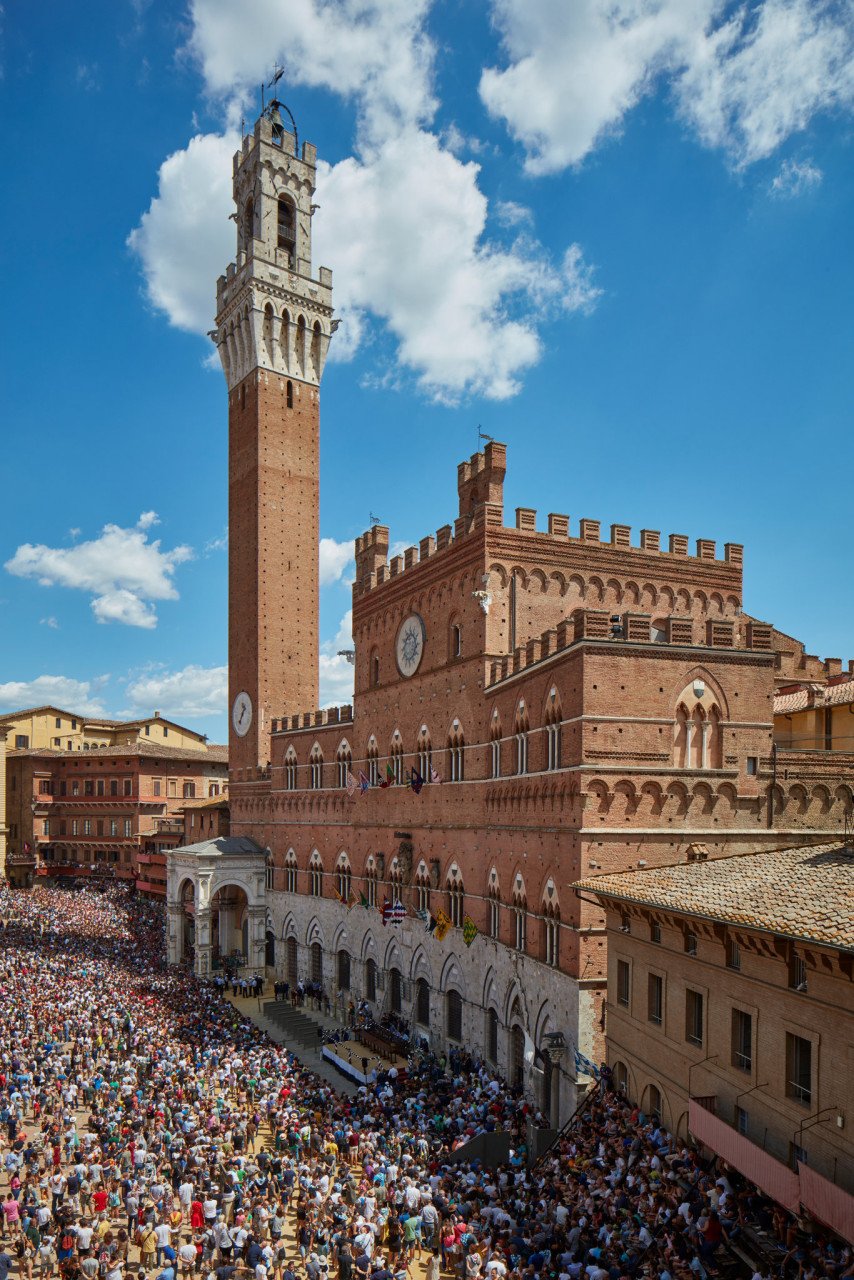The History and Cultural Significance of Horses in Italy
Nestled amid the resplendent landscapes of Europe, Italy is a nation steeped in history, culture, and natural beauty. Yet, beneath its iconic architecture, sumptuous cuisine, and artistic masterpieces lies a hidden thread that has woven itself into the very fabric of the Italian identity—the horse. Across millennia, these noble creatures have galloped through the annals of Italy's past, leaving indelible hoof-prints on the nation's heart and soul.
In this expansive exploration, we embark on a captivating journey through time to unveil the profound history and enduring relevance of horses in Italy. From their humble beginnings in prehistoric Italy to their integral roles in the grandeur of the Roman Empire, the chivalric traditions of the Middle Ages, and the artistic renaissance of the Renaissance, we traverse epochs and equestrian realms. But our journey doesn't stop in the past; it extends into the present, where horses continue to shape Italy's culture, from the picturesque countryside to the heart of modern therapy and sports.
Join us as we unravel this timeless bond that transcends eras and speaks to the very essence of Italy—an appreciation for beauty, strength, and a connection that stretches far beyond the reins. Horses in Italy are more than mere creatures; they are enduring symbols of the nation's heritage and an integral part of its soul.
Chapter 1: A Galloping Start – Horses in Ancient Italy
1.1 Prehistoric Encounters
The story of horses in Italy begins eons ago, in the prehistoric era. Fossil records indicate that horses once roamed the Italian peninsula during the Pleistocene epoch. Although they were initially wild creatures, early inhabitants soon realized the potential of these magnificent animals.
1.2 Domestication and Early Uses
It wasn't long before the peoples of ancient Italy began domesticating horses, around the Neolithic period (circa 4500-4000 BC). These horses became indispensable for transportation, agriculture, and as sources of meat and hides. This symbiotic relationship with humans marked the dawn of Italy's equestrian heritage.
1.3 Etruscans and the Equine Connection
The Etruscans, who inhabited Italy from the 9th to the 2nd centuries BC, held horses in high esteem. They integrated these animals into their religious rituals, as evidenced by art and artifacts featuring equine symbolism. Horses were more than just practical; they were spiritual.
1.4 Romans: Horses as the Wheels of Empire
The Roman Empire, one of the greatest civilizations in history, harnessed the power of horses like no other. The Roman cavalry, a formidable force, played a pivotal role in conquest and control. Horses were also central to Roman culture, as demonstrated by the iconic chariot races in venues like the Circus Maximus.
Chapter 2: A Changing Landscape – Horses in the Middle Ages
The fall of the Roman Empire in the 5th century AD marked a tumultuous period for Italy. Invasions by barbarian tribes disrupted the ancient Roman way of life, including their use of horses. As the empire crumbled, so did the once-mighty Roman cavalry.
2.2 The Rise of the Medieval Knight
Despite these challenges, horses remained an integral part of Italian society during the Middle Ages. The emergence of chivalry brought forth a new class of knights who championed horsemanship. Clad in heavy armor and mounted on powerful warhorses, knights epitomized honor and martial prowess.
2.3 Renaissance: The Horse as a Work of Art
The Renaissance, an era of cultural rebirth from the 14th to the 17th centuries, further solidified the horse's significance. Italian artists like Leonardo da Vinci immortalized horses in their works, highlighting their elegance and grace. These depictions not only celebrated the horse's beauty but also its enduring importance.
Chapter 3: Modernization and the Role of Horses
The 18th-century Age of Enlightenment witnessed a renewed interest in horsemanship across Italy. Riding schools like the Royal Riding School of Naples gained renown for their contributions to equestrian knowledge and training methods. The utilitarian role of horses evolved into a more refined and artistic approach to horsemanship.
3.2 Horses in Agriculture and Transportation
Throughout the 19th century, horses continued to play pivotal roles in Italian agriculture and transportation. These noble steeds tilled fields, pulled carts, and facilitated the movement of goods and people. Italian cities relied on horse-drawn trams for public transportation.
3.3 The Impact of World War I
World War I brought unprecedented challenges to Italy's use of horses. The Italian cavalry, once a symbol of might, faced the harsh realities of modern warfare. Horses, essential for reconnaissance and supply transport, suffered immense casualties. This marked the beginning of the end for the traditional cavalry as mechanized warfare took center stage.
Chapter 4: The Contemporary Horse in Italy
Following World War II, Italy, like the rest of the world, embraced industrialization and mechanization. Horses' roles further diminished as motorized vehicles became widespread. However, certain traditions and equestrian disciplines persisted.
4.2 Equestrian Sports and Italian Excellence
Italy continued to shine in equestrian sports, particularly in show jumping, dressage, and eventing. Italian riders achieved international recognition and success, contributing to Italy's reputation as a competitive equestrian nation.
4.3 Preserving Italian Horse Breeds
Italy boasts several unique horse breeds, such as the Neapolitan horse and the Sicilian horse. Dedicated organizations and breed associations work tirelessly to preserve these native breeds, which hold historical and cultural significance. Efforts are made to maintain their genetic diversity and promote their use.
Chapter 5: Horses in Italian Culture Today
In contemporary Italy, horses continue to be part of the cultural tapestry. Horseback riding tours offer visitors the opportunity to explore Italy's picturesque landscapes, from the rolling hills of Tuscany to the rugged beauty of Sicily. These experiences allow tourists to connect with Italy's natural beauty and rich history.
5.2 Equine Therapy and Rehabilitation
Horses play a therapeutic role in modern Italy. Equine-assisted therapy and rehabilitation programs have gained popularity in treating various physical and psychological conditions. The unique bond between humans and horses provides a healing and nurturing environment for those in need.
Chapter 6: The Palio of Siena
6.1 Origins and Significance
The Palio di Siena traces its origins back to the 17th century, although some believe it has roots dating even further into the Middle Ages. It is held twice a year, on July 2nd and August 16th, to honor the Virgin Mary and the Assumption of the Blessed Virgin Mary, respectively. The race takes place in the Piazza del Campo, Siena's historic main square, where the cobblestone streets become an electrifying racetrack.
6.2 The Contrade: Pillars of Tradition
At the heart of the Palio are the contrade, Siena's historic neighborhoods. Each contrada is like an extended family, deeply rooted in tradition and fiercely competitive. Seventeen contrade vie for victory in the race, with each contrada represented by a jockey dressed in the contrada's distinct colors and symbols.
6.3 A Frenzied Display of Skill and Strategy
The Palio is a race like no other. Jockeys ride bareback, navigating the treacherous course, which includes sharp turns and steep slopes, amidst the deafening roars of the crowd. The race is not merely a display of speed but a testament to the jockey's skill, as they often employ tactics that include blocking opponents and using strategy to secure victory.
6.4 Palio as a Cultural Touchstone
The Palio is far more than a horse race; it is a cultural touchstone that encapsulates the essence of Sienese identity. The rivalry between contrade is deeply ingrained in the city's social fabric, and winning the Palio is a source of immense pride and honor. The celebrations and festivities leading up to the race are as significant as the race itself, with contrada members coming together in displays of loyalty and camaraderie.
6.5 Preservation of Tradition
In an era marked by rapid change, the Palio remains a steadfast reminder of Italy's rich equestrian history and its enduring cultural significance. Efforts are made to preserve the authenticity of the Palio, ensuring that it continues to be an event that captures the hearts and imaginations of those who witness it.
The Palio of Siena is not just a horse race; it is a testament to Italy's ability to seamlessly blend history, tradition, and equestrian excellence into a captivating spectacle. As the horses thunder around the Piazza del Campo, the Palio reminds us that in Italy, the spirit of the horse lives on, galloping through time and connecting the past with the present.
Conclusion – The Timeless Bond
The history of horses in Italy is not just a chronicle of human-animal interaction; it is an enduring testament to the unbreakable bond between humans and these majestic creatures. From their early domestication in the shadows of prehistory to their pivotal roles in the grandeur of ancient civilizations and beyond, horses have remained steadfast companions on Italy's historical journey.
While their roles have evolved over the centuries, horses continue to hold an irreplaceable place in the hearts of Italians. They are not just symbols of strength, grace, and beauty, but also vessels of a profound cultural connection. Whether in the realm of equestrian sports, as ambassadors of Italy's stunning landscapes through tourism, or as healers and companions in equine-assisted therapy, these noble steeds continue to shape Italy's cultural tapestry.
As Italy strides confidently into the 21st century, it does so with an unwavering appreciation for its equestrian heritage. The timeless connection between Italians and horses remains unshaken, reminding us that beyond the hustle and bustle of modern life, there exists a place for reverence, reflection, and the enduring companionship of these remarkable animals.
So, as you wander through the enchanting cities, vineyard-clad hills, and serene countryside of Italy, remember that the echoes of hooves on ancient cobblestones and the grace of horses against a backdrop of history are not just distant memories; they are living, breathing reminders of a bond that transcends time. In Italy, the horse is more than an animal; it is an emblem of a culture that cherishes tradition, celebrates beauty, and honors the ageless connection between man and horse.
Sources
- Giannetti, Gabriele. "Equestrian Tourism and Sustainable Rural Development in Italy." Journal of Sustainable Tourism, vol. 19, no. 5, 2011, pp. 629-644.
- Högemann, Peter. "Equestrian Sports in Italy: Tradition, Modernity, and Identity." International Journal of the History of Sport, vol. 30, no. 9, 2013, pp. 1019-1038.
- Iovino, Alessandro. "Horses and Landscape: Cultural and Ecological Conflicts in Southern Italy." Human Ecology, vol. 41, no. 5, 2013, pp. 757-769.
- Mancuso, Serena. "Italy: A Country of Breeders and Riders." Equine Veterinary Journal, vol. 45, no. S43, 2013, pp. 6-9.
- Pallottino, Maristella. "Equestrian Tourism and Italian Identity." Annals of Tourism Research, vol. 24, no. 4, 1997, pp. 994-997.
- Pedroni, Marco. "Horses and the Landscape in Italy." Mountain Research and Development, vol. 30, no. 3, 2010, pp. 286-294.
- Pugliese, Alessandro. "Equine-Assisted Therapy: Italy's Experience." Journal of Alternative and Complementary Medicine, vol. 24, no. 6, 2018, pp. 590-593.
- Yadav, Sneha. "Horse Culture and Identity in Italy: A Study of Equine Tourism." Anthropological Notebooks, vol. 23, no. 3, 2017, pp. 81-98.
When you subscribe to the blog, we will send you an e-mail when there are new updates on the site so you wouldn't miss them.








